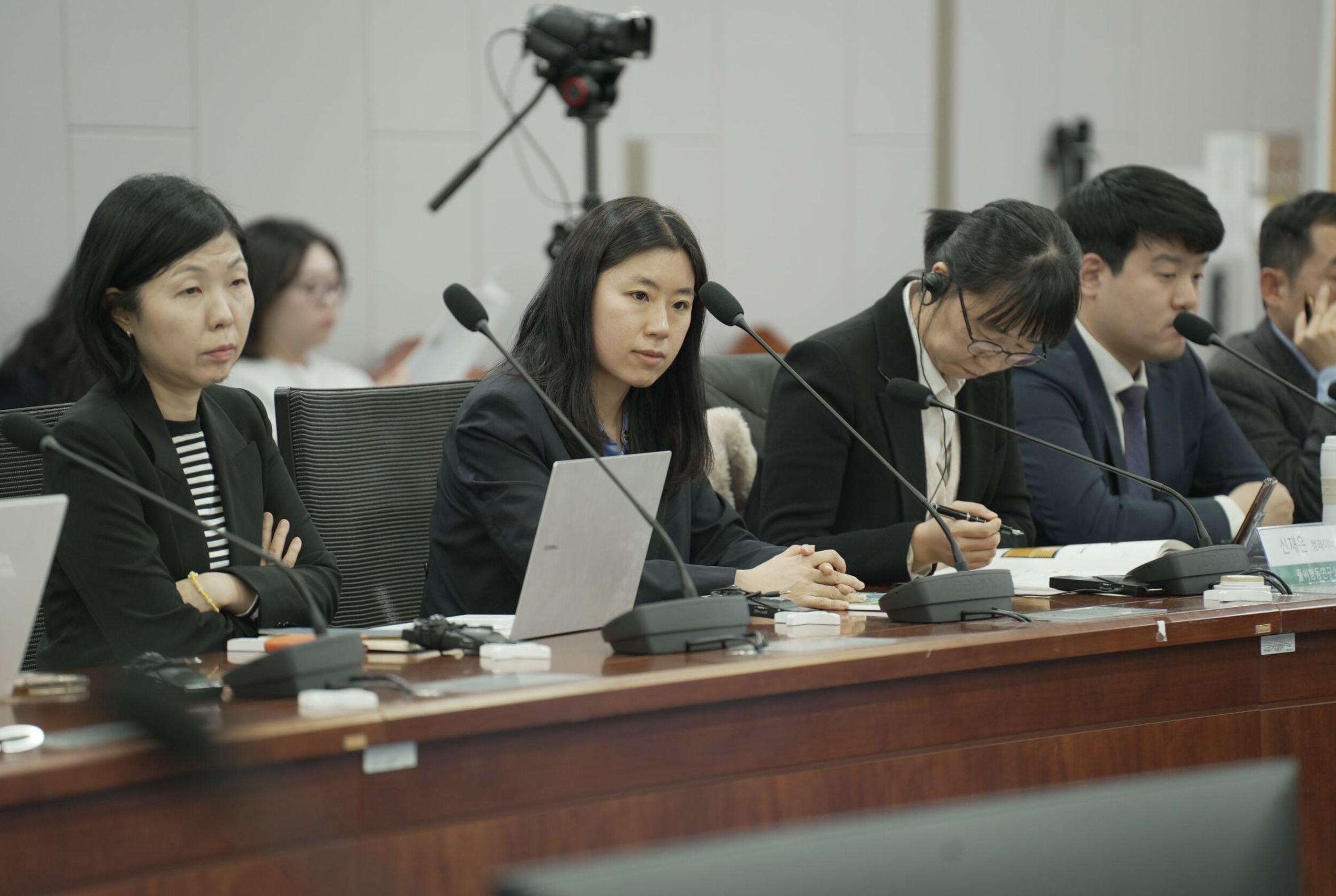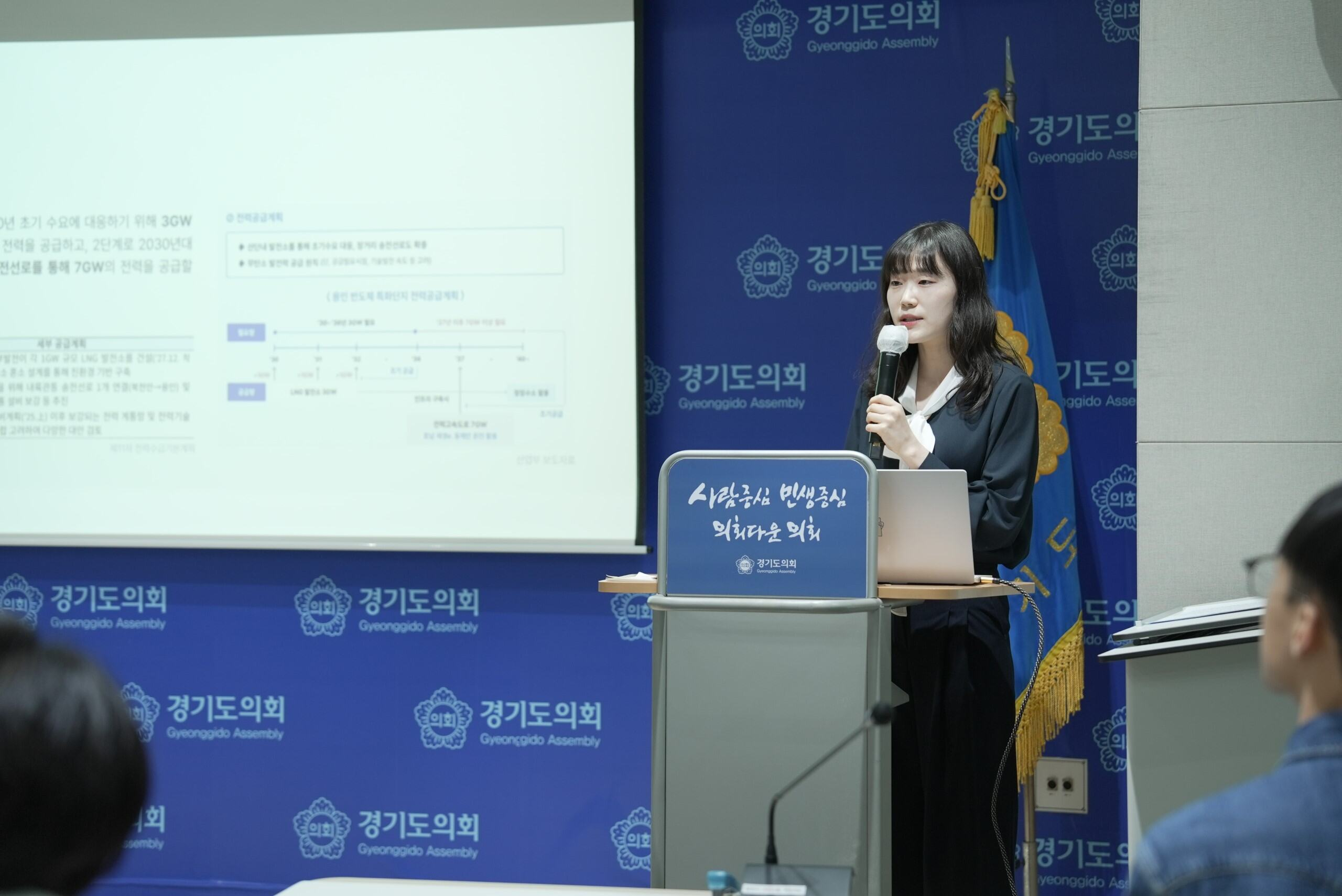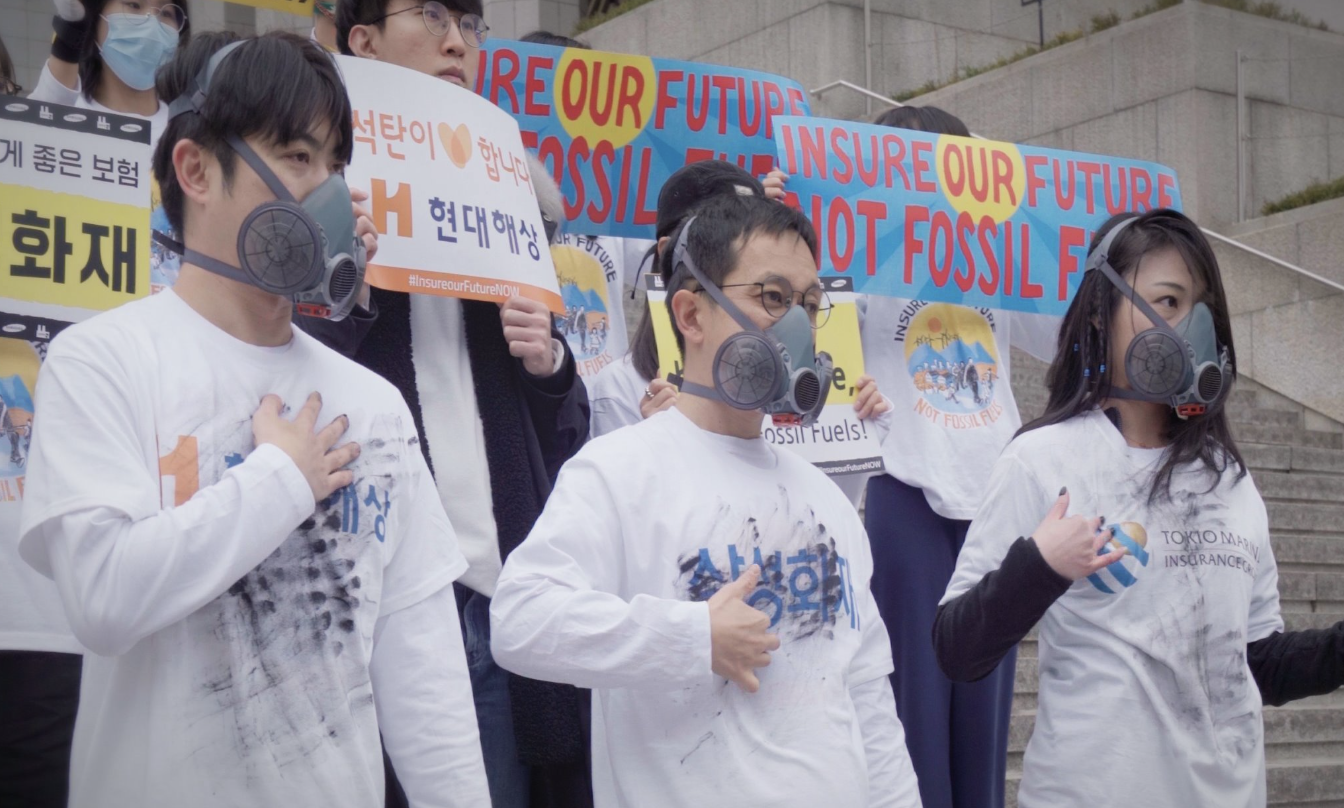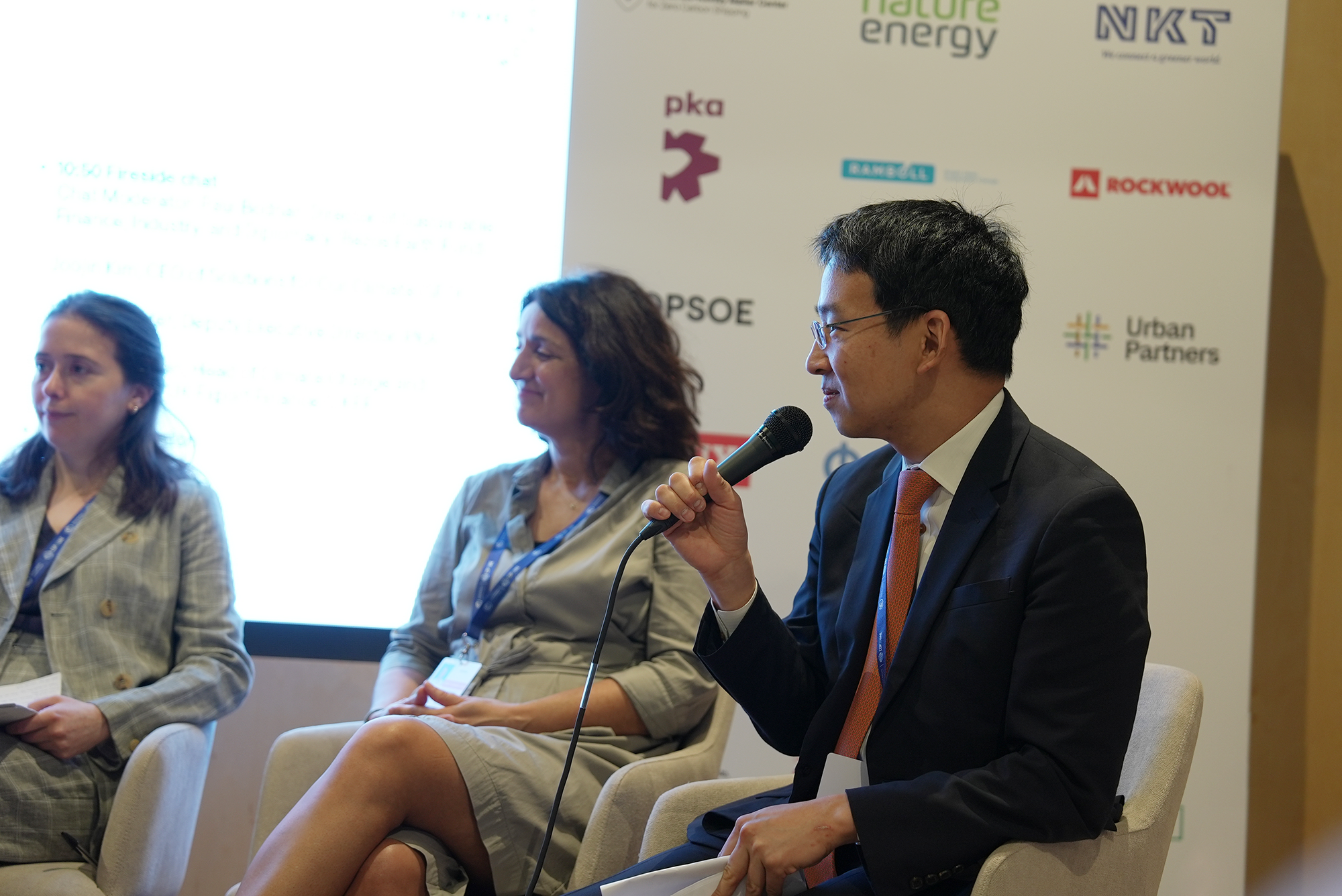Researchers warn that the “clean energy” technology touted by the government will lead to a surge in fine dust emissions.
May 23, 2024 – A new study by Solutions for Our Climate (SFOC), in partnership with the Centre for Research on Energy and Clean Air (CREA), warns that burning ammonia alongside coal in South Korea will result in a significant increase in fine dust emissions and pose severe health and environmental risks.
South Korea plans to implement 20% ammonia co-firing in 24 out of 43 existing coal-fired power plants. The study indicates that this plan could result in a 23% to 85% increase in fine dust emissions, with an average increase of 50%. Regions like Chungnam may see a significant rise in fine dust levels, equivalent to the addition of four new coal-fired power plants.
Researchers warn that unburned ammonia, a toxic gas, can leak into the atmosphere and react with sulfate and nitrate to form fine particulate matter (PM 2.5). This "ammonia slip" could exacerbate South Korea's air quality issues, further worsening public health.
“Using ammonia as a fuel in power plants is not only a financial and climate risk, but it also risks the lives and health of South Korean communities. Ammonia is a key ingredient in the formation of PM 2.5, a toxic pollutant that leads to a variety of different diseases, including lung cancer, stroke, and diabetes. Currently, exposure to this pollutant leads to over 10,000 deaths each year in Korea,” said Jamie Kelly, Air Quality Analyst at CREA.
The report also highlights the issue of hidden greenhouse gas emissions linked to ammonia production and transportation, in addition to emissions from ongoing coal combustion.
The South Korean government plans to import 9.27 million tons of ammonia produced from renewable energy and gas from countries such as Australia, Saudi Arabia, Oman, and the UAE by 2030. Due to the significant amount of methane released in the gas lifecycle, the carbon intensity of gas-based blue hydrogen, which is used to produce ammonia, ranges from 3.4 kgCO2e/kgH2 up to 15.4 kgCO2e/kgH2. Shipping ammonia on fossil fuel-powered ships will also result in additional emissions.
Globally, Japan is at the forefront of developing ammonia co-firing, with government and international support. In Japan, annual ammonia demand is expected to reach around 30 million tons by 2050, most of which will be imported. Japan is also promoting the technology to Southeast Asian countries through the Asia Zero Emission Community (AZEC) initiative.
"The grim reality of ammonia co-firing is that this will only compound the health effects that community members already experience from living near coal plants. This policy not only extends the lifeline of coal plants, but also leads to further environmental harm from producing gas-based ammonia. South Korea must phase out coal by 2030 and swiftly transition to cleaner and healthier renewable energy,” said Seokhwan Jeong, researcher at SFOC.
ENDS.
Solutions for Our Climate (SFOC) is an independent non-profit organization that works to accelerate global greenhouse gas emissions reduction and energy transition. SFOC leverages research, litigation, community organizing, and strategic communications to deliver practical climate solutions and build movements for change.
For media inquiries, please reach out to:
Euijin Kim, International Communications Officer, euijin.kim@forourclimate.org
Share this insights
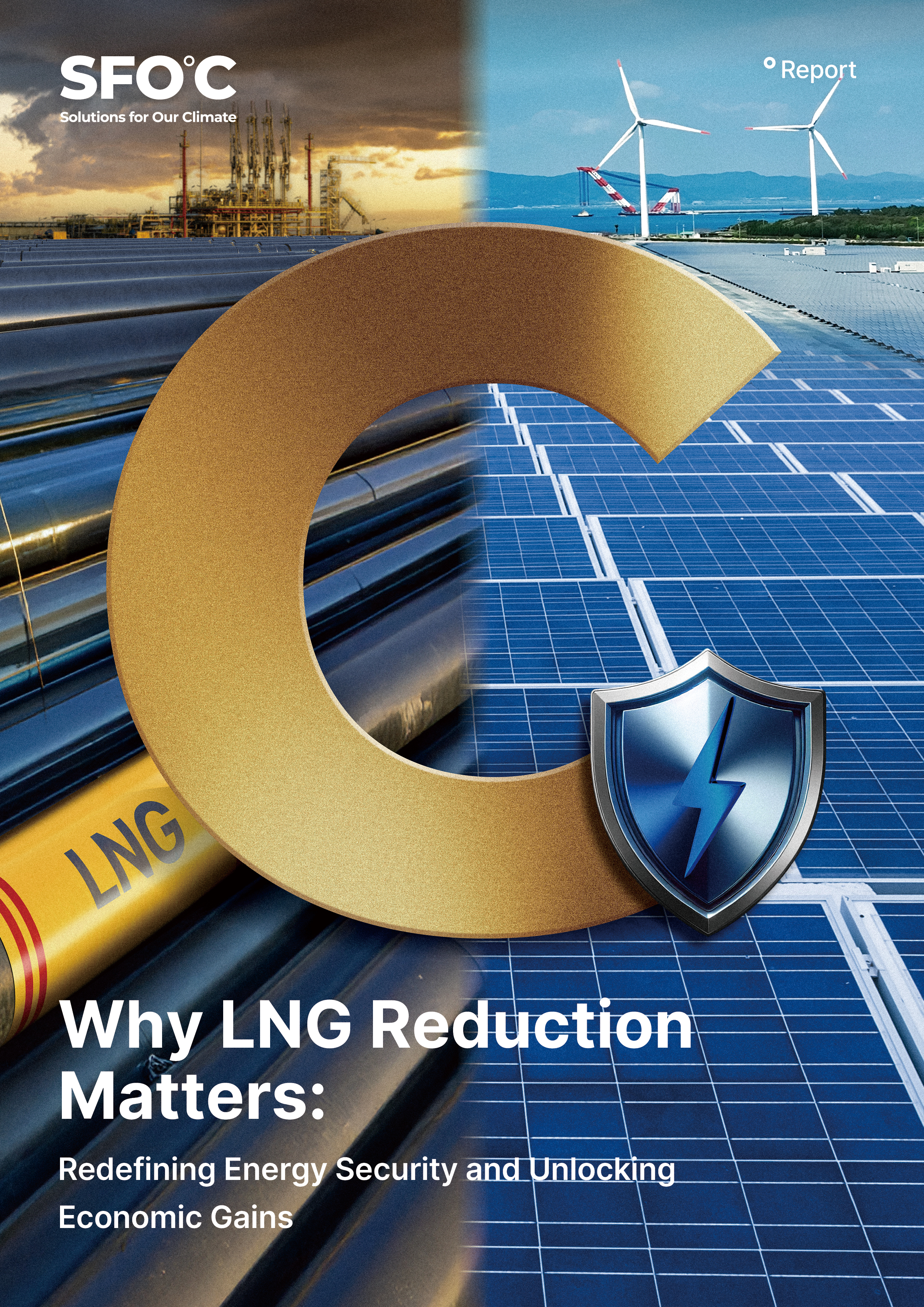
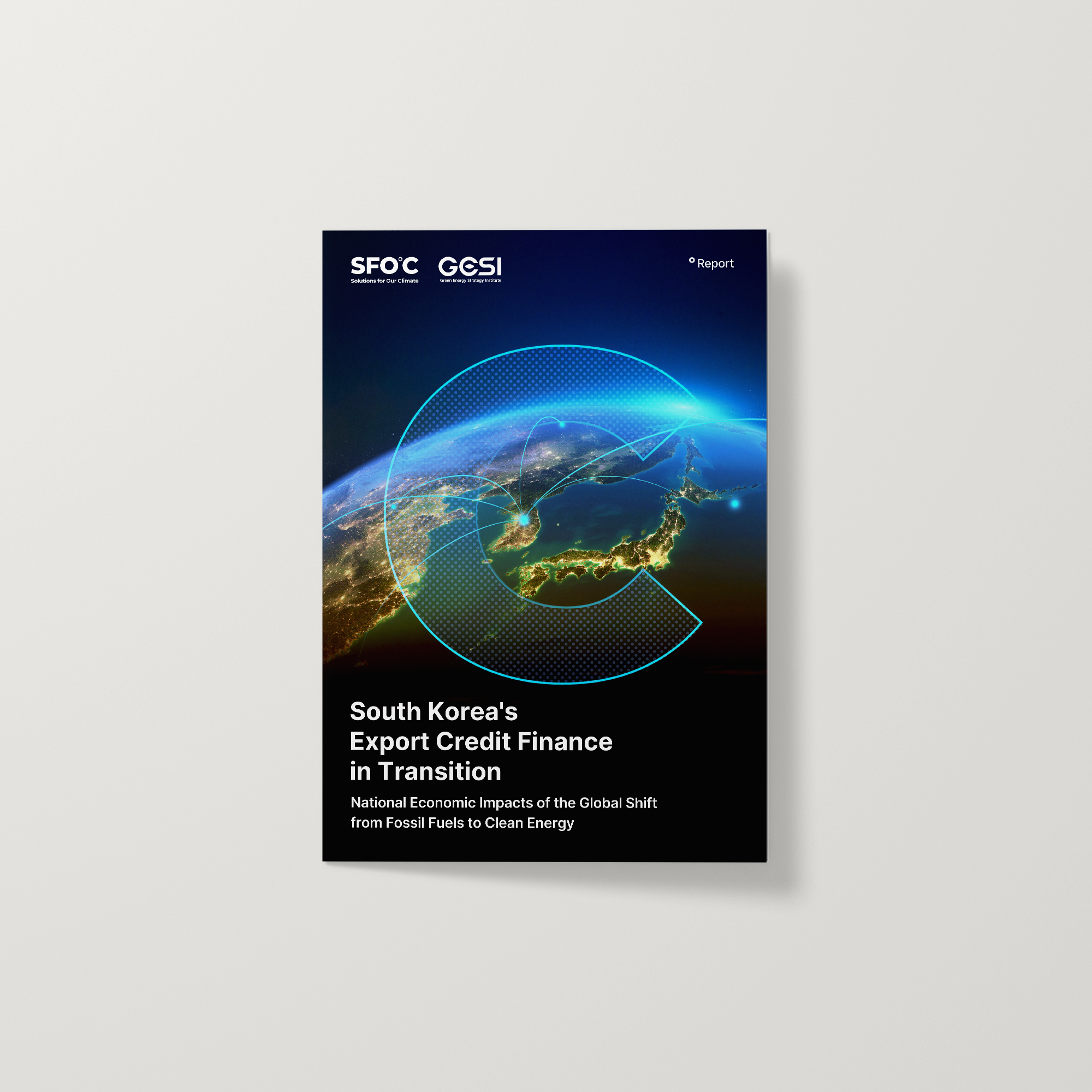
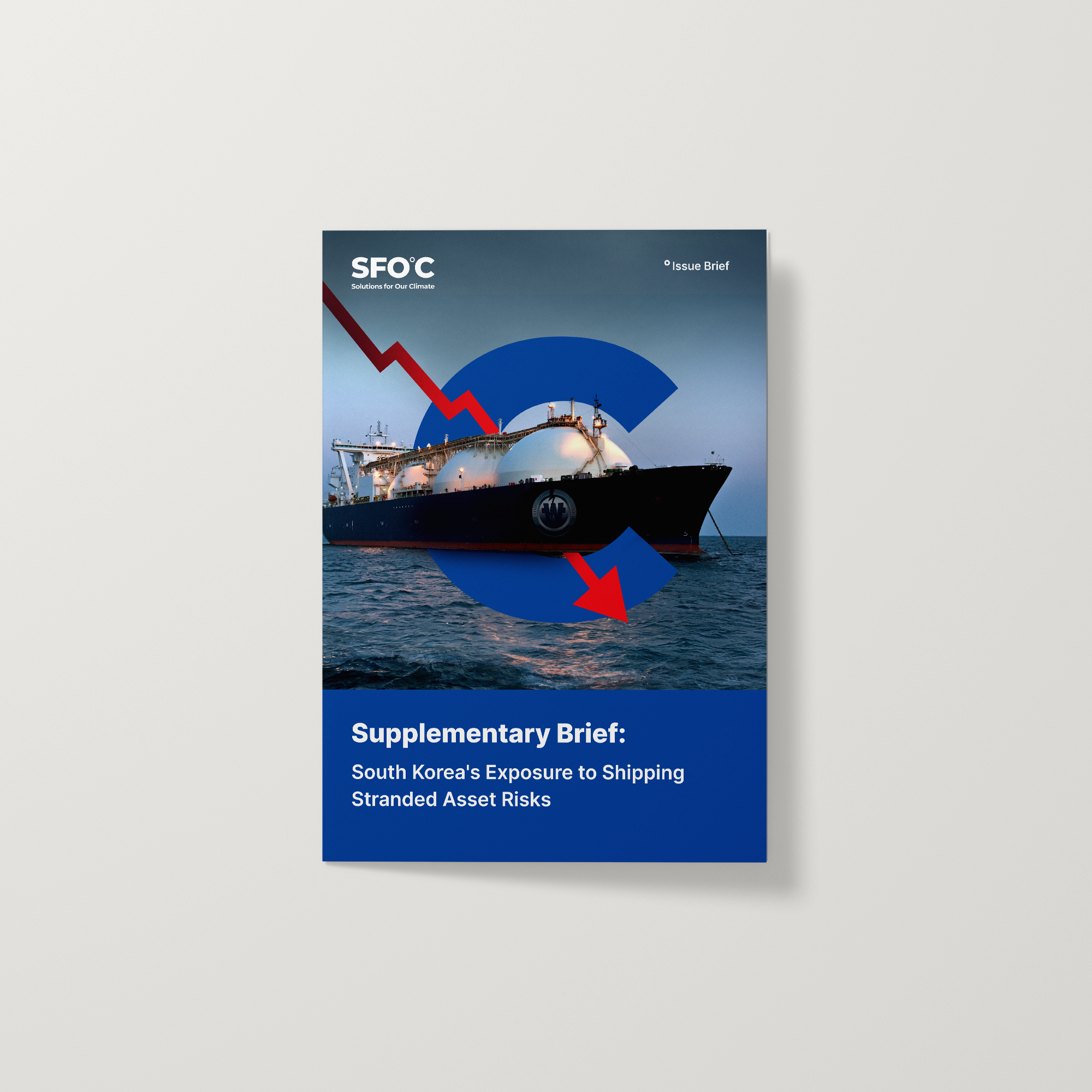
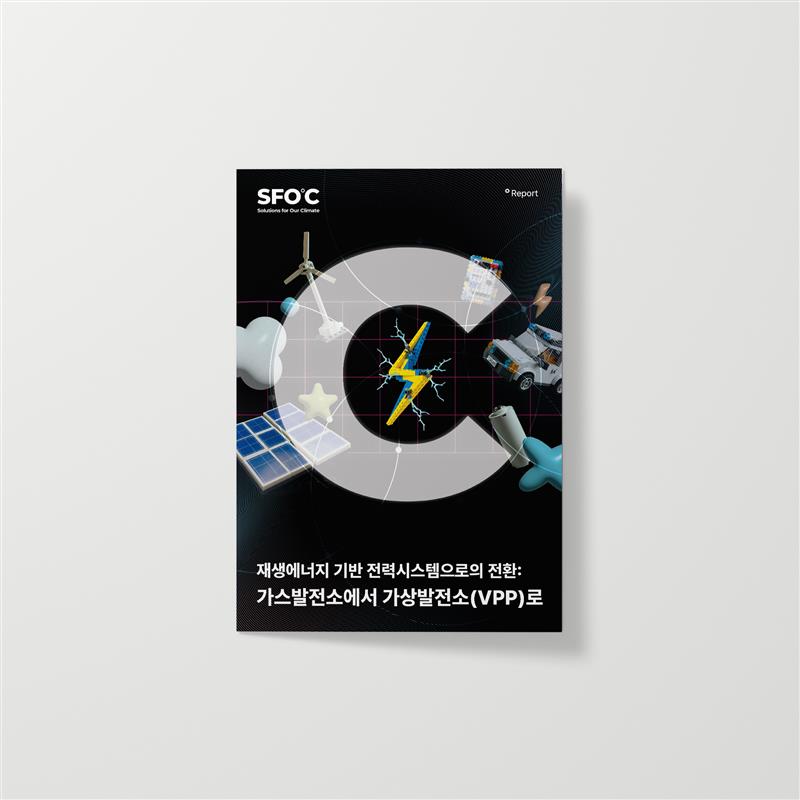
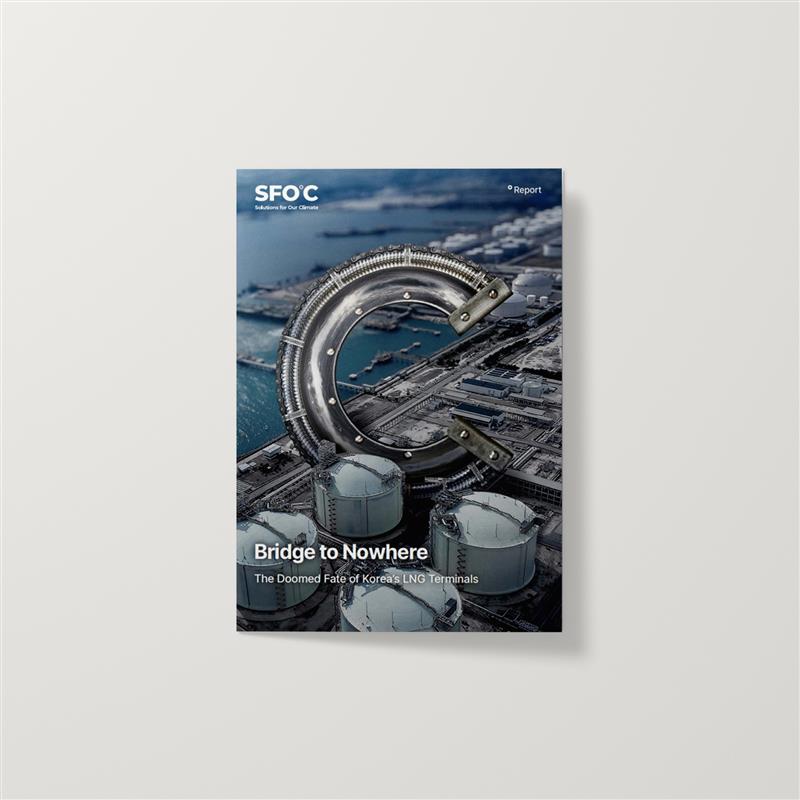
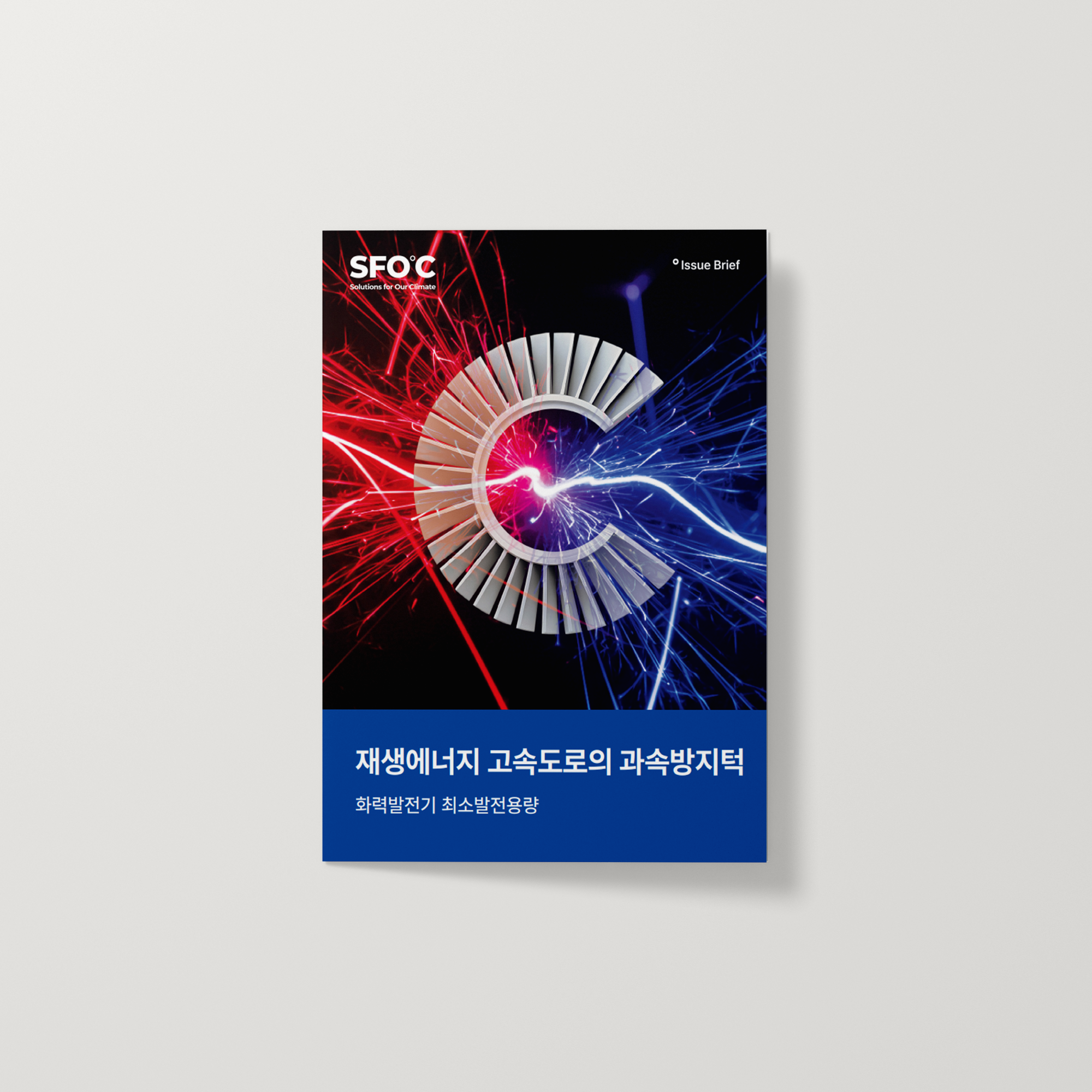
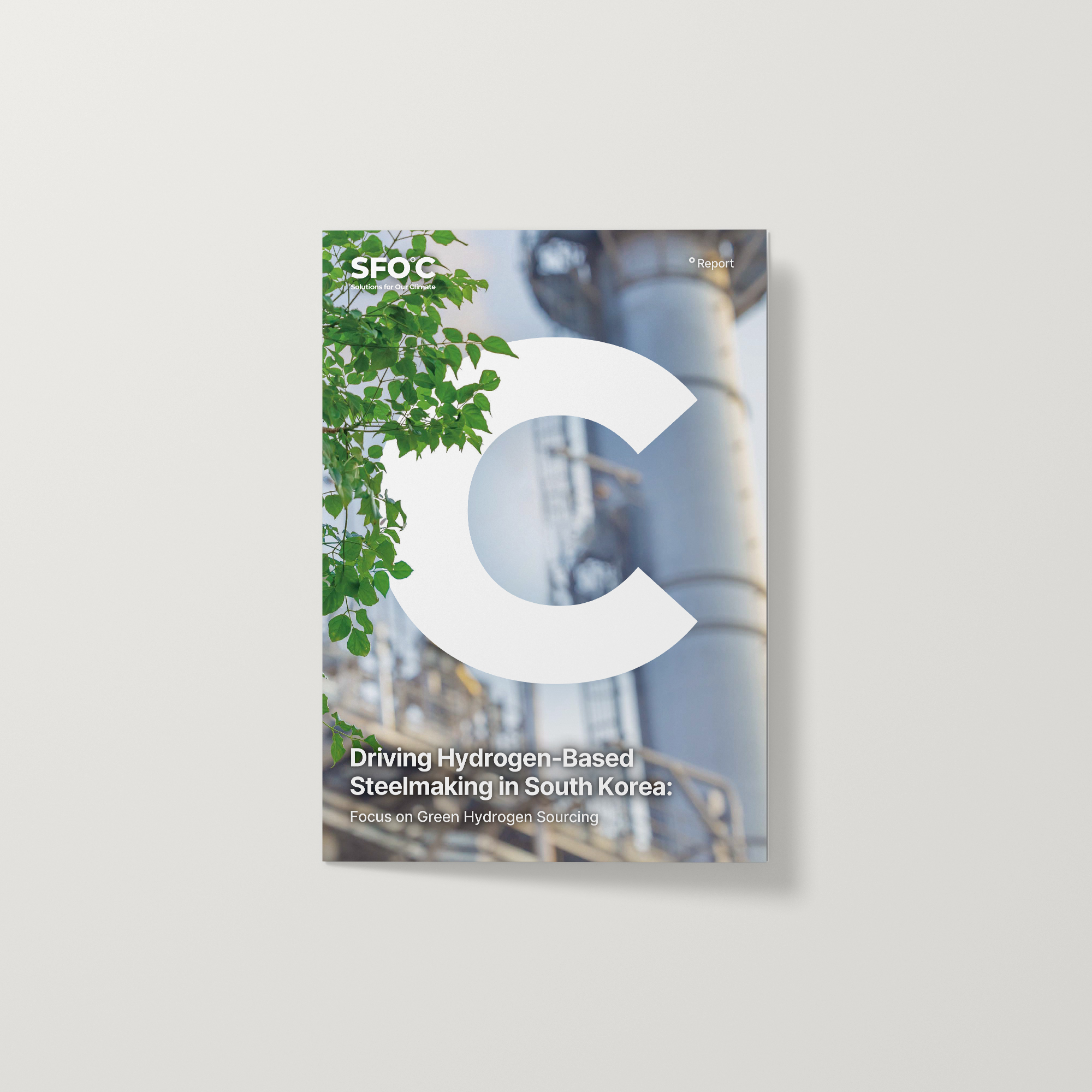
















![[Brief] South Korea’s international public finance continues to block a just energy transition](https://content.sfoc.tapahalab.com/images/research/RC5Kime.jpg)





![[토론회] 한국형 녹색분류체계(K-Taxonomy), 무엇이 녹색경제활동인가](https://content.sfoc.tapahalab.com/images/research/bn8jdme.jpg)
![[이슈 브리프] 탄소포집, 이용 및 저장기술(CCUS) 현황과 문제점](https://content.sfoc.tapahalab.com/images/research/SWESdme.jpg)


